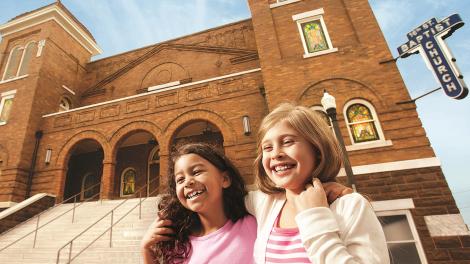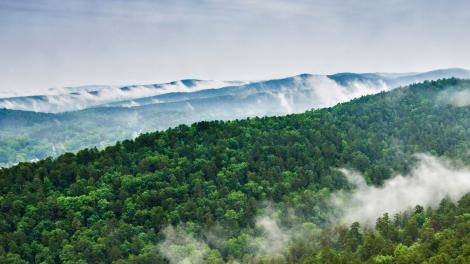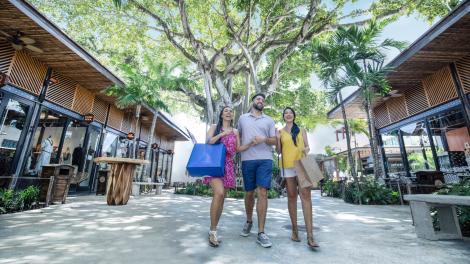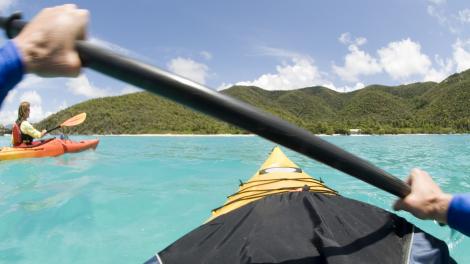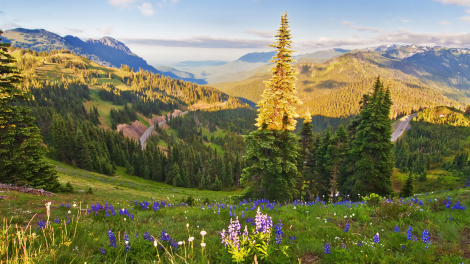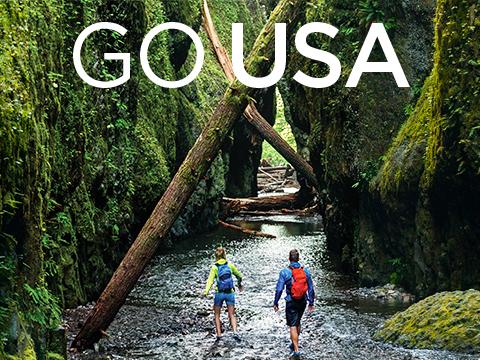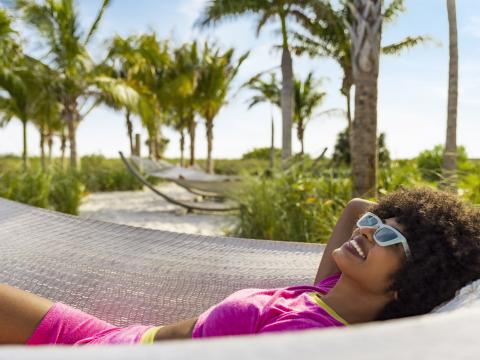- 州/地区:
- American Samoa
Experience the unique culture of a tropical paradise.
Located in the southwest Pacific, midway between Hawaii and New Zealand, the Samoan archipelago has been inhabited for more than three millennia—but Europeans only ‘discovered’ it in the 18th century. Late in the 19th century, Samoa was split, and the U.S. absorbed the eastern part. American Samoa is a territory, not a state, consisting of five islands (Tutuila, Anu’u, Ofu, Olosega and Ta’ū) and two coral atolls (Rose and Swains Islands); the capital is Pago Pago.
American Samoa
So why would you want to make the five-hour flight from Hawaii (or the half-hour flight from Samoa)? For one thing, the weather is sublime, with an average year-round temperature of 82 degrees and even warmer water. For another, the islands are remarkably undeveloped—90 per cent of the land remains tropical rainforest. The National Park of American Samoa—on Tutuila, Ofu, Olosega and Ta’ū—both preserves the environment and allows people ways to experience it. On land, that might mean strolling on beaches, hiking in the rainforest and enjoying the cliff-side views, searching out archaeological and World War II sites, driving on scenic roads, visiting distant villages and climbing Lata Mountain. In the water, as you might expect, there’s magnificent snorkelling. The national park boasts more than 800 native fish. You can also take a boat to the Fagatele Bay National Marine Sanctuary, where you might swim with dolphins, sea turtles, octopi and many other species. In the autumn, humpback whales tend to stop in Samoa to mate. Visiting the marine sanctuary is free, but you do have to check in with Mr. Asuemu Fuimaono before venturing inside.
That last detail says a lot about American Samoa—the islands have their own way of doing things, and that idiosyncrasy might be the best reason to all to make the trip. The main tenet of Fa’a Samoa, the Samoan way, is that everyone in an extended family has a responsibility, not least of all the matai, or chief. And Samoans are deeply religious—Christian, to be precise. Many villages have an evening prayer, during which time you should not be outside, and most businesses close on Sunday. Proper clothing is required everywhere, and the more your swimsuit covers when you’re at the beach, the better. (When you’re not at the beach, you should always wear clothing over your swimsuit.)
The best way to understand Fa’a Samoa is to stay in a family’s house, or fale, which isn’t as difficult to arrange as it sounds, thanks to the national park’s ‘homestay’ programme. Your hosts will be sure to teach you the local customs—such as to always take off your shoes before entering the fale—and you might also learn to fish like a Samoan or make Samoan crafts. Even if you choose to stay in a hotel, you’ll be interacting with locals: the tourism industry is entirely owned by Samoans.
Pola Island

探索更多

体验
菲律宾海上的度假胜地
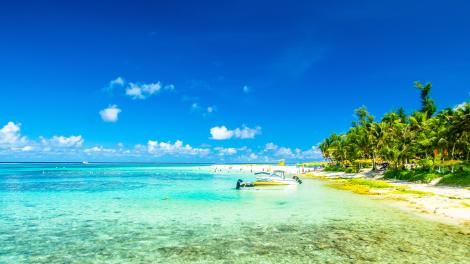
旅行



